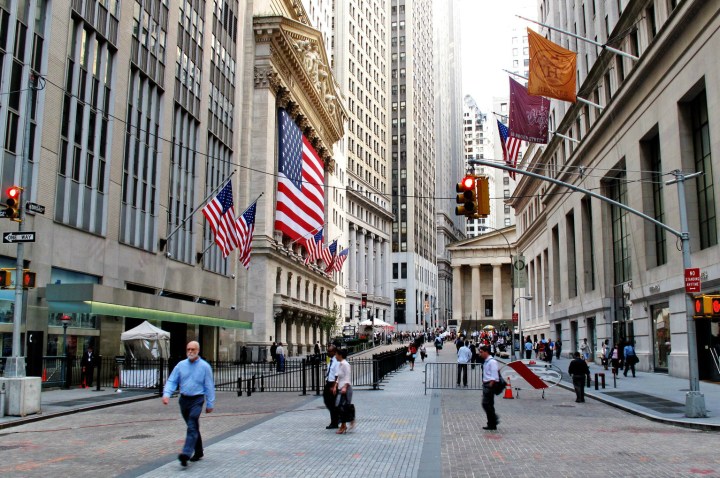
The Financial Industry Regulatory Authority (FINRA) is developing A.I. that it will start testing in 2017 along with its existing surveillance and detection mechanisms. NASDAQ and the London Stock Exchange Group intend to start using artificial intelligence to spot trade irregularities and violation patterns this year.
Reuters reports that financial firms already use artificial intelligence for picking stocks and for monitoring their own firms’ compliance. Regulatory groups, on the other hand, are just beginning to work with A.I.
“We haven’t really let the machines loose, as it were, on the surveillance side,” said Nasdaq’s Bill Nosal, a business development executive overseeing its artificial intelligence effort.
FINRA watches for potential rules violations by scanning for approximately 270 patterns among stock orders, modifications, cancellations, and trades covering about 50 billion market “events” each day. Just because an event pops an alarm or flag, however, doesn’t mean anything was wrong — many are false alarms. FINRA and other markets currently use algorithms to look for irregularities. If something is detected, staff members investigate further, but this can be an overwhelming task because of the huge number of incidents involved.
The immense volume of data and alerts calls for machine learning technologies. Machine learning would enable surveillance based on rules the software generates itself by evaluating previous trading patterns that led to charges being filed. Tom Gira, FINRA’s executive vice president for market regulation, told Reuters, “The biggest concern we have is that there is some manipulative scheme that we are not even aware of. It seems like these tools have the potential to give us a better window into the market for those types of scenarios.”
Various strategies that are or will be employed include scrubbing chat rooms looking for comments near times of big trades, detecting order and cancellation “layering,” and real-time comparison of activities across exchanges and markets.
Editors' Recommendations
- Are we about to see ‘the iPhone of artificial intelligence’?
- Researchers use artificial intelligence to develop powerful new antibiotic
- Neuro-symbolic A.I. is the future of artificial intelligence. Here’s how it works
- Artificial intelligence can now identify a bird just by looking at a photo
- McDonald’s plans to serve up artificial intelligence at its drive-thru windows



